Bespoke Savile Row
 LONDON'S SAVILE ROW is a dandy's paradise - it is, I can only presume, where Lord Whimsy goes to get all suited up. The number of bespoke gentlemen tailors who hold the royal warrant on that street, a sure sign of sartorial excellence and quality, is truly something to behold. It is where the aristocracy gets fitted out for nobility and where those lesser mortals, like Churchill and the landed gentry, bought their top hats and morning suits. By appointment of Her Majesty The Queen, it is also where the Royal Family gets decked out in their best livery, a tradition which goes back to Victorian times.
LONDON'S SAVILE ROW is a dandy's paradise - it is, I can only presume, where Lord Whimsy goes to get all suited up. The number of bespoke gentlemen tailors who hold the royal warrant on that street, a sure sign of sartorial excellence and quality, is truly something to behold. It is where the aristocracy gets fitted out for nobility and where those lesser mortals, like Churchill and the landed gentry, bought their top hats and morning suits. By appointment of Her Majesty The Queen, it is also where the Royal Family gets decked out in their best livery, a tradition which goes back to Victorian times.
More specifically, the Royal Family gets their military uniforms at Gieves & Hawkes, their livery at Henry Poole, their robes at Ede & Ravenscroft, their kilts at Kenloch Anderson, their tweeds at J. Barbour & Son, their hand made shoes at Anello & Davide, their umbrellas at Fulton and their headwear at James Lock & Co., no doubt the best hatters in the world.
Some of these, mind you, do provide very specialised services. Who out there is competing with Henry Poole in making garments for coachmen, footmen and chauffeurs, for example. I should hope he has a royal warrant to supply the royals, otherwise he be not in business. The in-house expertise needed to produce State Liveries, Court Dress for High Sheriffs and other Ceremonial uniforms, with their velvets, satins, gold lace, buckles, cut–steel buttons, court shoes, cocked hats and dress swords, cannot be all that insignificant.  Just read what they have to say at the Livery Department at Henry Poole: "In 1869 the Lord Chamberlains office issues new guidelines governing the wearing of Court Dress, and in an effort to standardise the appearance of gentlemen attending at Court, prescribed for the first a suit of clothes cut from black silk velvet and trimmed with cut steel buttons. Hither to Court uniform has consisted of a coat and breeches of superfine cloth worn with a floral waistcoat. This in turn had descended from the lavishly decorated court clothes worn during the reign of King George III.
Just read what they have to say at the Livery Department at Henry Poole: "In 1869 the Lord Chamberlains office issues new guidelines governing the wearing of Court Dress, and in an effort to standardise the appearance of gentlemen attending at Court, prescribed for the first a suit of clothes cut from black silk velvet and trimmed with cut steel buttons. Hither to Court uniform has consisted of a coat and breeches of superfine cloth worn with a floral waistcoat. This in turn had descended from the lavishly decorated court clothes worn during the reign of King George III.
This new, more restrained style of dress became the regulation uniform for High Sheriffs and retained some of the elements of dress from a previous age. Amongst these was a species of folding cocked hat known as a ‘chapeau–bras’ which had first made its appearance in the dying years of the eighteenth century and the black silk rosette worn at the back of the neck the last vestige of the bag wig of the 1740’s. The coat itself echoed the style of the 1780’s though the advancement of nineteenth century tailoring techniques lent a more fitted silhouette to this later garment. To offset this more sober uniform, a great variety of cut steel buttons, shoe buckles and sword hilts were produced, allowing the wearer to express his personal taste.
Today Henry Poole & Co. make Shrieval Court Dress to much the same standards set a century or more ago. Whether for ladies or gentlemen, each suit is fully bespoke, cut and handmade from the finest Italian velvet, trimmed with a choice of buttons and shoe buckles in the correct court patterns. For ladies we offer a design service and are happy to advise on style and choice of material."
Next time I'm in London, I'm going to go for a stroll on Savile Row. I'm missing some buttons on my navy high collared whites, and I can't think of anywhere else where I might get them replaced. Come to think of it, I'm also in need of a new umbrella.
 Vice-Regal Saint:
Vice-Regal Saint: 




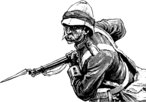
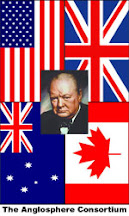

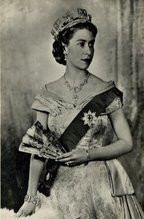








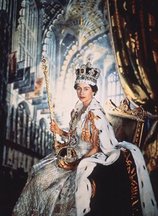
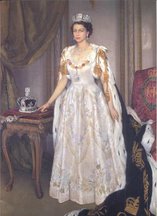
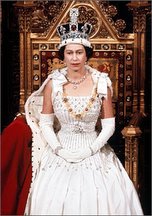
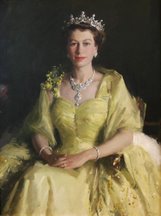
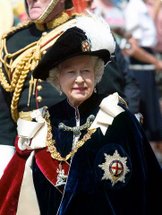

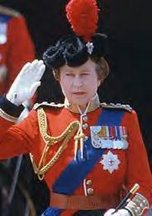




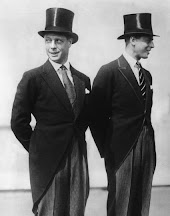






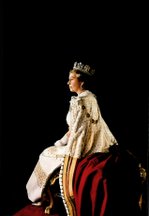



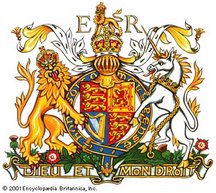

.gif)
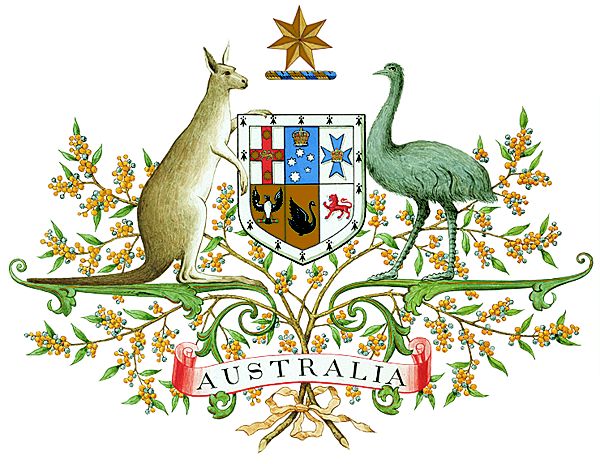
.gif)

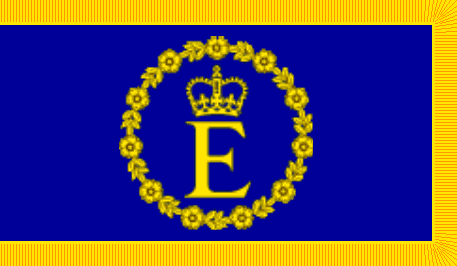
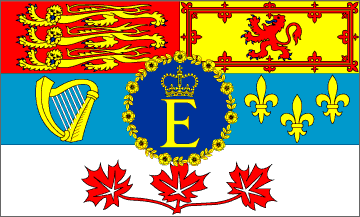
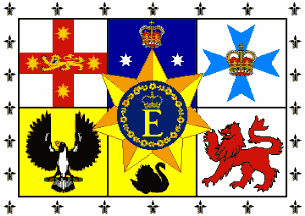
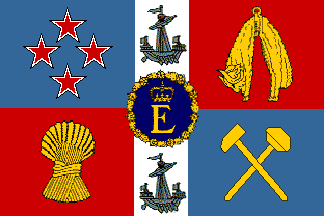
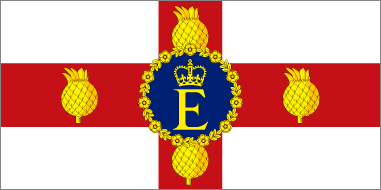
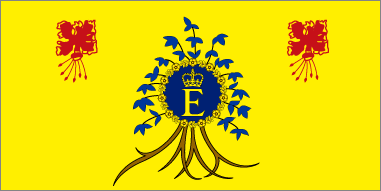
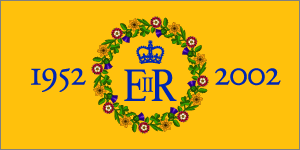


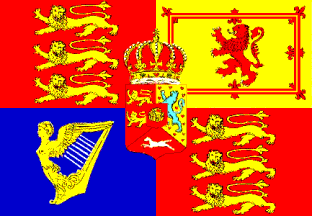
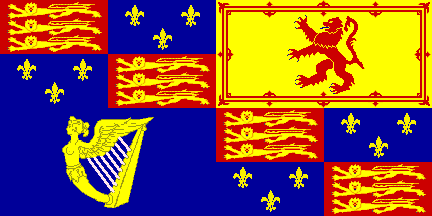
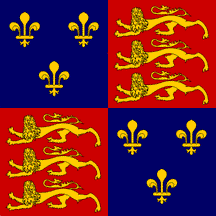
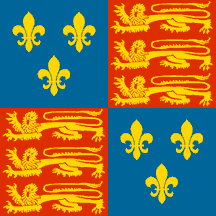
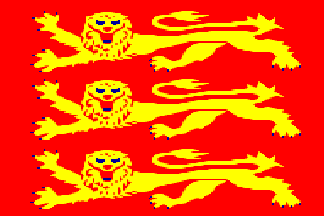
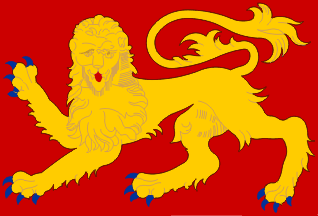
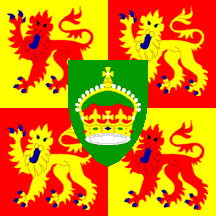

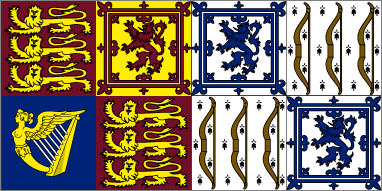
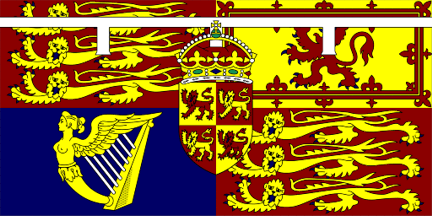
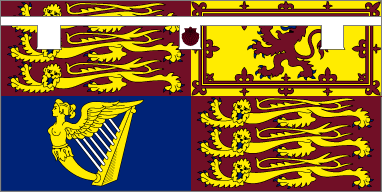
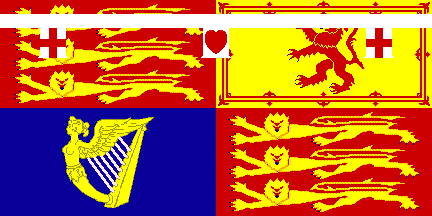
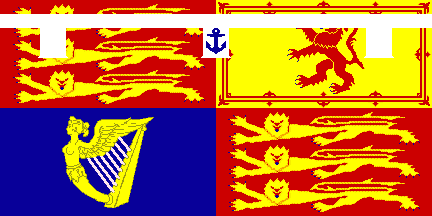

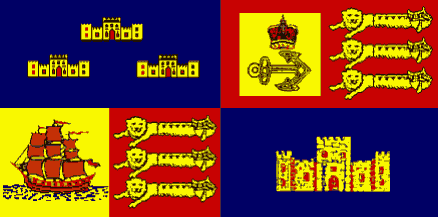
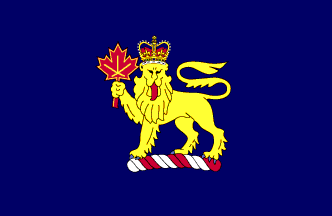
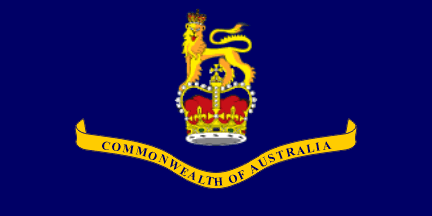
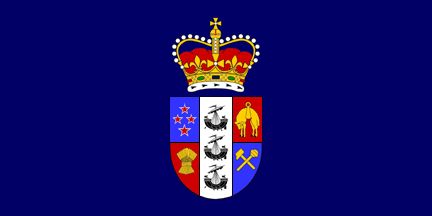
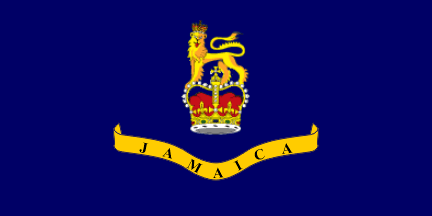
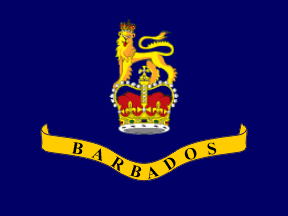


























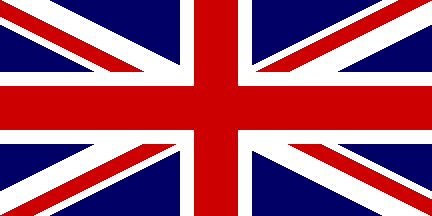




















































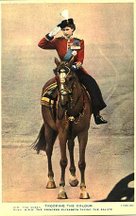

1 comments:
Next time you be in London we must eat up. For surely life not be worth living without a trusty pair of hand made shoes, a subtle hint of tweed and some rather "fancy" head gear. However, one must be very, very careful these days not to look too conspicuous when one goes out into public. Just the other week some youths confused me with a chap called Mr Bean. Who is he?
Post a Comment